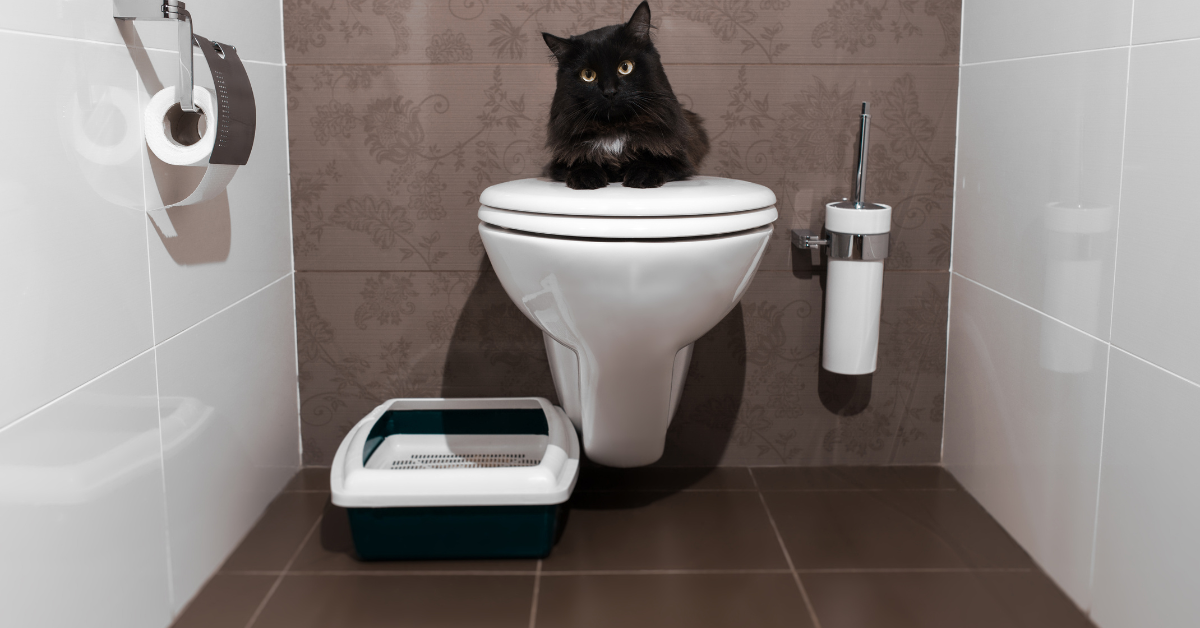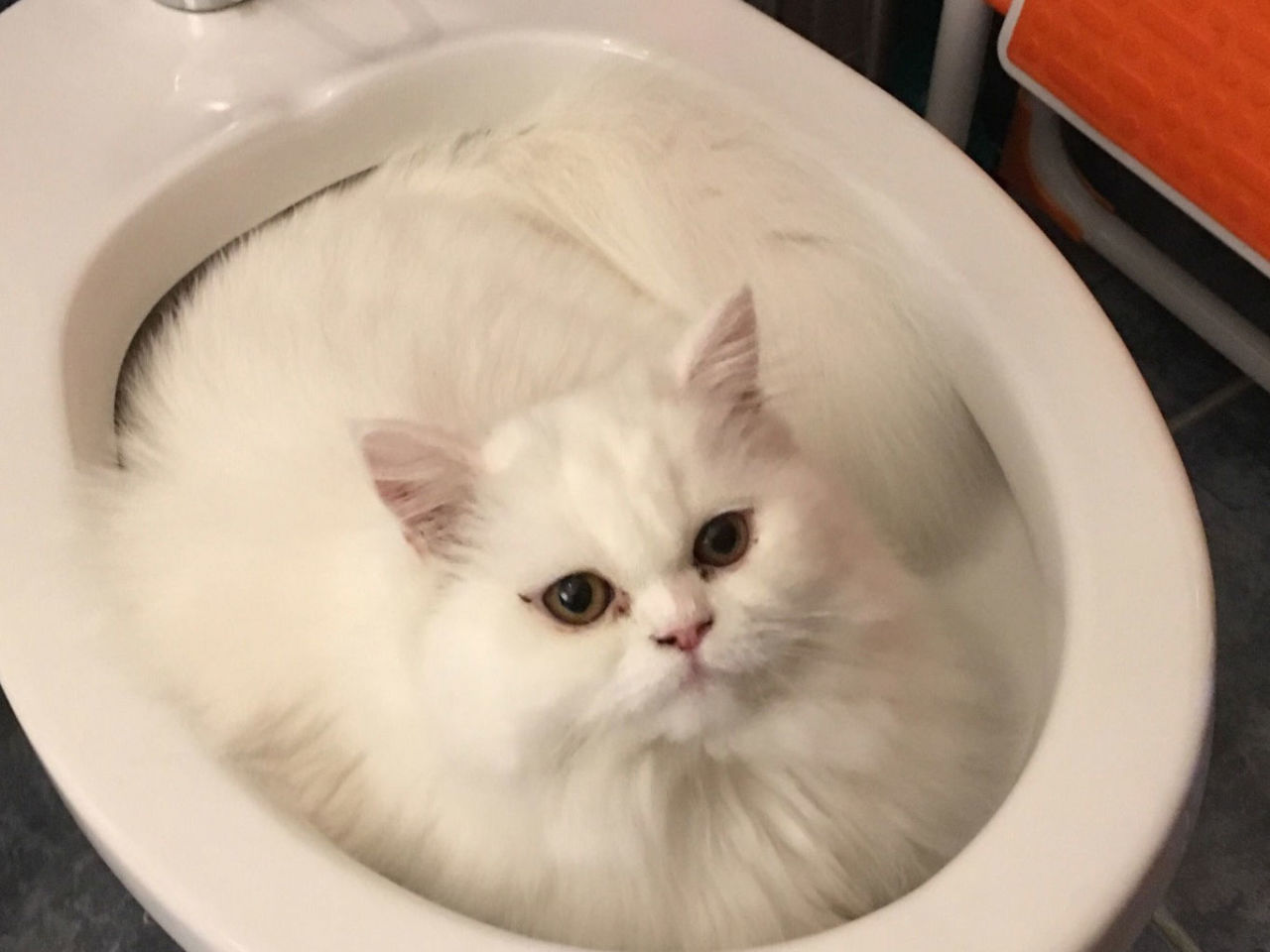Just how do you really feel when it comes to Can You Flush Cat Poo or Litter Down the Toilet??

Intro
As feline owners, it's important to be mindful of how we deal with our feline friends' waste. While it may seem convenient to purge feline poop down the commode, this method can have harmful effects for both the setting and human health and wellness.
Ecological Impact
Flushing cat poop presents unsafe pathogens and bloodsuckers into the supply of water, posturing a substantial threat to aquatic ecosystems. These impurities can negatively impact marine life and compromise water top quality.
Health Risks
In addition to environmental concerns, flushing pet cat waste can likewise posture health and wellness dangers to people. Feline feces might include Toxoplasma gondii, a parasite that can trigger toxoplasmosis-- a potentially serious illness, specifically for pregnant women and individuals with weakened body immune systems.
Alternatives to Flushing
The good news is, there are safer and more responsible methods to get rid of feline poop. Consider the following options:
1. Scoop and Dispose in Trash
One of the most typical approach of getting rid of feline poop is to scoop it into an eco-friendly bag and toss it in the garbage. Make certain to make use of a devoted clutter scoop and dispose of the waste immediately.
2. Usage Biodegradable Litter
Opt for naturally degradable cat litter made from materials such as corn or wheat. These trashes are eco-friendly and can be safely thrown away in the garbage.
3. Bury in the Yard
If you have a backyard, consider hiding feline waste in a designated area far from veggie yards and water resources. Make sure to dig deep enough to avoid contamination of groundwater.
4. Mount a Pet Waste Disposal System
Invest in a family pet garbage disposal system specifically designed for cat waste. These systems make use of enzymes to break down the waste, lowering smell and environmental effect.
Conclusion
Liable pet possession extends beyond giving food and sanctuary-- it also includes proper waste management. By avoiding purging feline poop down the bathroom and choosing alternative disposal approaches, we can reduce our ecological footprint and secure human wellness.
Why Can’t I Flush Cat Poop?
It Spreads a Parasite
Cats are frequently infected with a parasite called toxoplasma gondii. The parasite causes an infection called toxoplasmosis. It is usually harmless to cats. The parasite only uses cat poop as a host for its eggs. Otherwise, the cat’s immune system usually keeps the infection at low enough levels to maintain its own health. But it does not stop the develop of eggs. These eggs are tiny and surprisingly tough. They may survive for a year before they begin to grow. But that’s the problem.
Our wastewater system is not designed to deal with toxoplasmosis eggs. Instead, most eggs will flush from your toilet into sewers and wastewater management plants. After the sewage is treated for many other harmful things in it, it is typically released into local rivers, lakes, or oceans. Here, the toxoplasmosis eggs can find new hosts, including starfish, crabs, otters, and many other wildlife. For many, this is a significant risk to their health. Toxoplasmosis can also end up infecting water sources that are important for agriculture, which means our deer, pigs, and sheep can get infected too.
Is There Risk to Humans?
There can be a risk to human life from flushing cat poop down the toilet. If you do so, the parasites from your cat’s poop can end up in shellfish, game animals, or livestock. If this meat is then served raw or undercooked, the people who eat it can get sick.
In fact, according to the CDC, 40 million people in the United States are infected with toxoplasma gondii. They get it from exposure to infected seafood, or from some kind of cat poop contamination, like drinking from a stream that is contaminated or touching anything that has come into contact with cat poop. That includes just cleaning a cat litter box.
Most people who get infected with these parasites will not develop any symptoms. However, for pregnant women or for those with compromised immune systems, the parasite can cause severe health problems.
How to Handle Cat Poop
The best way to handle cat poop is actually to clean the box more often. The eggs that the parasite sheds will not become active until one to five days after the cat poops. That means that if you clean daily, you’re much less likely to come into direct contact with infectious eggs.
That said, always dispose of cat poop in the garbage and not down the toilet. Wash your hands before and after you clean the litter box, and bring the bag of poop right outside to your garbage bins.
https://trenchlesssolutionsusa.com/why-cant-i-flush-cat-poop/

I am very enthusiastic about How to Dispose of Cat Poop and Litter Without Plastic Bags and I hope you liked the entire piece. Are you aware of anybody else who is fascinated by the subject? Be sure promote it. Bless you for your time. Visit us again soon.
Click Here